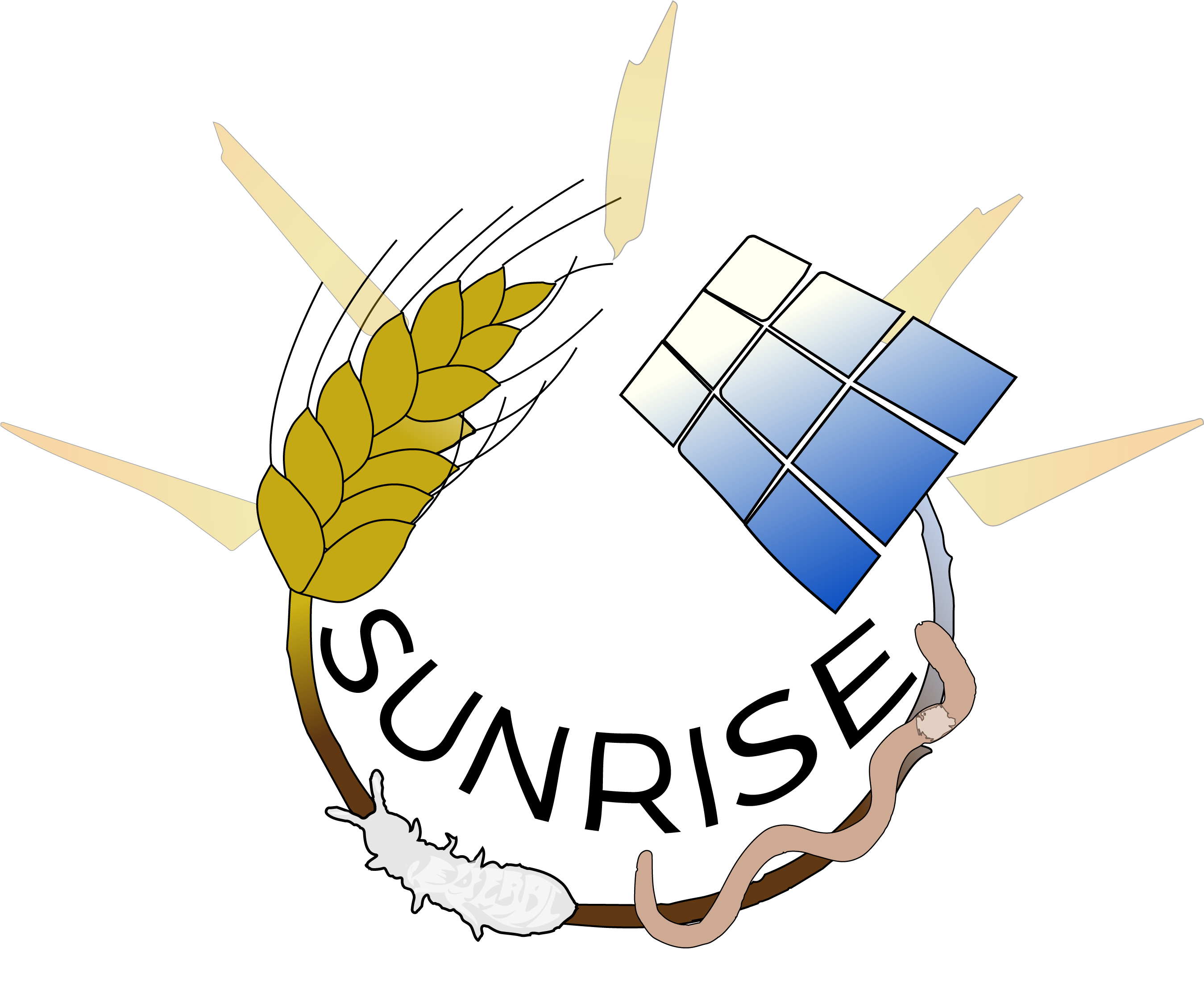Pubblicazioni tematiche
Le pubblicazioni tematiche dei membri del progetto, qui selezionate, offrono un approfondimento sul rapporto tra biodiversità del suolo, energie rinnovabili e agricoltura sostenibile.
Esse forniscono una panoramica esaustiva delle interconnessioni tra questi tre assi cruciali per la sostenibilità ambientale, fornendo un fondamentale background per comprendere gli obiettivi e le implicazioni del progetto.
Determination of feed yield and quality parameters of whole crop durum wheat (Triticum durum Desf.) biomass under agrivoltaic system
Aldo Dal Prà, Franco Miglietta, Lorenzo Genesio, Giuseppe Mario Lanini, Riccardo Bozzi, Nicola Morè, Antonino Greco & Maria Chiara Fabbri
Agrivoltaics represents a key technology for reaching sustainable development goals by reducing the competition between land used for food, for feed, and for electricity. It has been demonstrated that Agrivoltaics can increase land productivity and play a role in the expansion of renewable energy production. This work aimed to study the yield and nutritional characteristics, as well as feeding value for ruminants of Durum wheat biomass grown under agrivoltaic. Two years of controlled experiments revealed that the reduction in light moderately limited wheat yields in the phenological phase of soft dough in standard agrivoltaic trackers (i.e. with a Ground Coverage Ratio (GCR) = 13%), otherwise under extended trackers (i.e. GCR = 41%), the yields was reduced compared to control in whole light. The digestible neutral detergent fiber evaluated after 24 h of in situ rumen incubations increased with shading, resulting in different ratios of acid detergent lignin. More shaded theses also had superior crude and soluble proteins, acid detergent-insoluble protein, acid and neutral detergent fiber than the control. The biomass in the shaded treatments showed a better Ca: P ratio for ruminant nutrition. These characteristics are strategic in forage production, allowing a more flexible harvesting strategy. This additional contribution of the nutritional characteristics of Durum wheat produced on Agrivoltaic Systems could allow a better inclusion of the different types in diets and better management of silage or hay harvesting sites. These results might be helpful in improving biomass production and give valuable information on Durum Wheat under the Agrivoltaic System.
Can Grasslands in Photovoltaic Parks Play a Role in Conserving Soil Arthropod Biodiversity?
Cristina Menta , Sara Remelli, Matteo Andreoni, Fabio Gatti and Valeria Sergi
Under the increasing global energy demand, the new European Union Biodiversity Strategy for 2030 encourages combinations of energy production systems compatible with biodiversity conservation; however, in photovoltaic parks, panels shadowing the effects on soil health and biodiversity are still unknown. This study (location: Northern Italy) aimed to evaluate the effect of ground-mounted photovoltaic (GMPV) systems on soil arthropod biodiversity, considering two parks with different vegetation management: site 1—grassland mowed with tractor; site 2—grassland managed with sheep and donkeys. Three conditions were identified in each park: under photovoltaic panel (row), between the panel rows (inter-row), and around the photovoltaic plant (control). The soil pH and organic matter (SOM), soil arthropod community, biodiversity, and soil quality index (e.g., QBS-ar index) were characterised. Differences between the two GMPVs were mainly driven by the SOM content (higher values where grazing animals were present). No differences were observed in site 1, even if a high heterogeneity of results was observed for the soil biodiversity parameters under the panels. In site 2, SOM and pH, as well as arthropods biodiversity and QBS-ar, showed low values in the row. Soil fauna assemblages were also affected by ground-mounted panels, where Acarina, Collembola, Hymenoptera, and Hemiptera showed the lowest density in the row. This study suggests that ground-mounted solar panels had significant effects on below-ground soil fauna, and was more marked depending on the system management. Furthermore, the results obtained for the inter-row were similar to the control, suggesting that the area between the panel rows could be considered a good hotspot for soil biodiversity.

